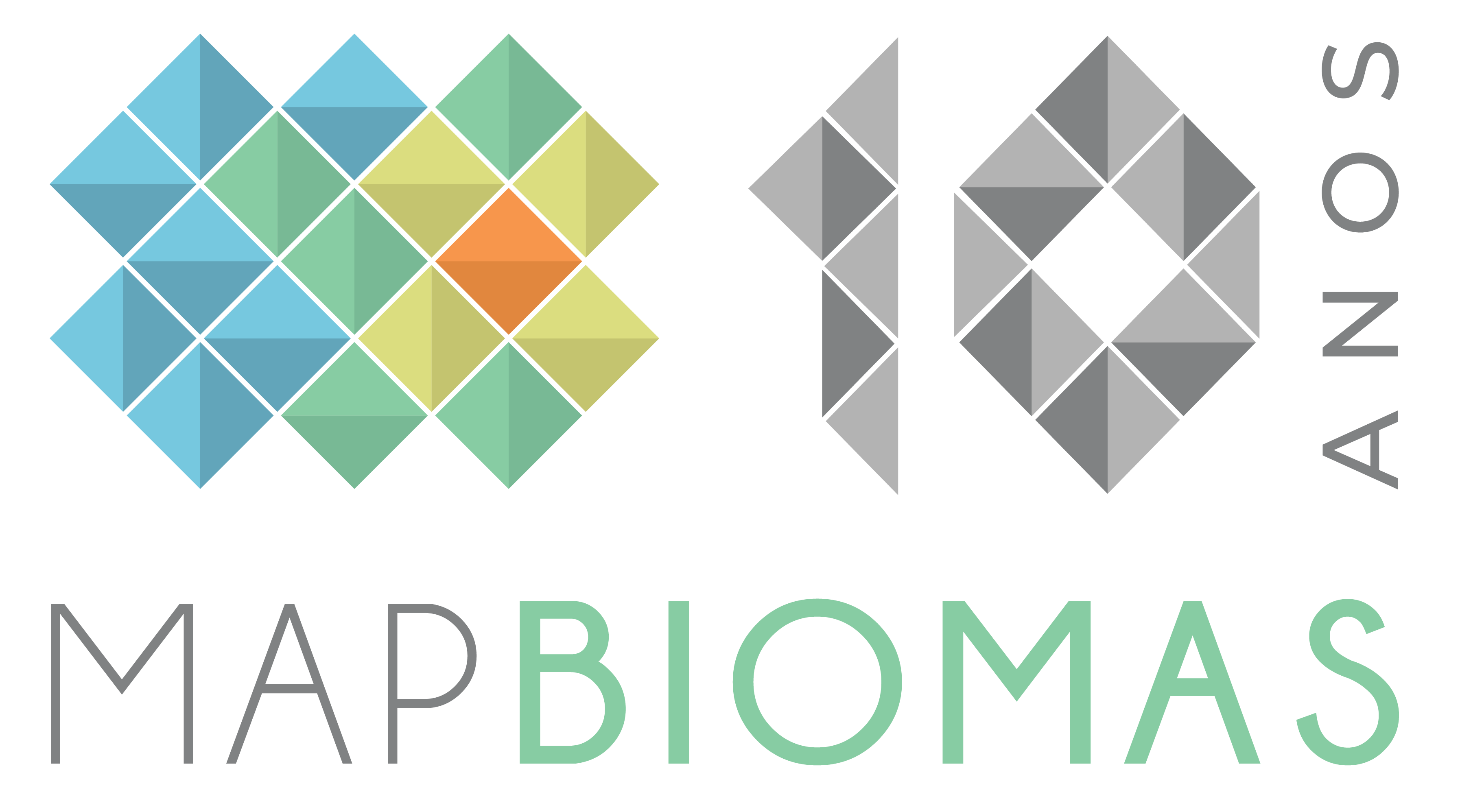
Access the Caatinga Highlights from MapBiomas Brazil Collection 7
Satellite images show that the Caatinga underwent a profound process of transformation between 1985 and 2021. A quarter (25.59%) of all the areas of the biome that have been modified by human action have undergone this process in the last 37 years. More than 15% of the biome's area was burned, totaling 13,770 hectares. The reduction in natural areas exceeded 6 million hectares, representing 10.54% of the area mapped in 1985. At the same time, the Caatinga lost more than 160,000 hectares of surface water - a decrease of 16.75%. With the exception of Sergipe, all the Caatinga states have seen a reduction in water surface area.
The main driver of the advance on native vegetation was agriculture, which gained 6.7% of its territory, or 5.7 million hectares. In 37 years, agriculture has grown by a quarter of its area. In Ceará, for example, the gain in pasture areas over this period was more than 320%. In Paraíba and Rio Grande do Norte, pastures more than doubled (125% and 172%, respectively). In Minas Gerais, agriculture grew by 131% in the period mapped.
"The rapid transformation of the Caatinga is leading to the transformation of the biome in some regions," explains Washington Rocha, coordinator of MapBiomas' Caatinga Team. "We mapped the region of Irauçuba, in Ceará, and detected the expansion of a desertification nucleus. A similar pattern was observed in other desertification centers, such as Cabrobó (PE), with a tendency to expand eastwards towards Alagoas, and in Seridó (RN), there is an expansion to the south towards Paraíba. In addition to the desertification nuclei, MapBiomas data can be used to monitor DSAs (areas susceptible to desertification), such as Jeremoabo, in Bahia. This is an example of how the transformation of the Caatinga puts the biome at risk," he adds.
The Caatinga has 30.5% of its territory, or more than 26 million hectares, classified as a Biosphere Reserve. However, even this area has suffered losses of 7.6%, which has been occupied by agriculture (2%) and pasture (5.6%). Conservation Units occupy 9.01% of the biome, or 7.8 million hectares, and lost 3.3% of their area. Agriculture and pasture gained 1.42% and 2.06%, respectively.
Covering more than 844,000 square kilometers, or almost 10% of the national territory, the Caatinga is an exclusively Brazilian biome that stretches across 9 states. Of these, five have more than 50% of their territory in the biome: Bahia, Pernambuco, Paraíba, Rio Grande do Norte and Ceará. The latter is the only one that lies entirely within the biome. The state with the largest area of Caatinga (40.7% of the biome) is Bahia.

